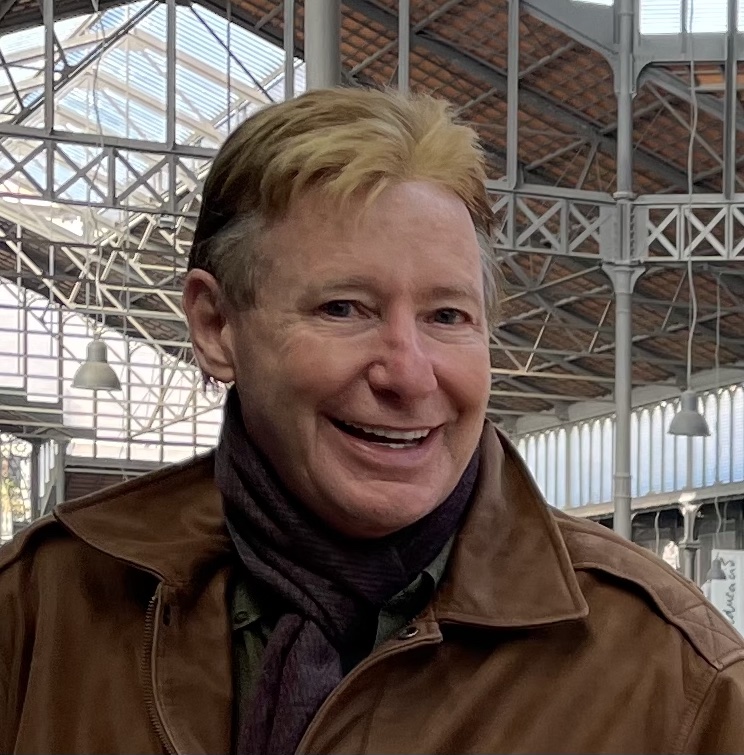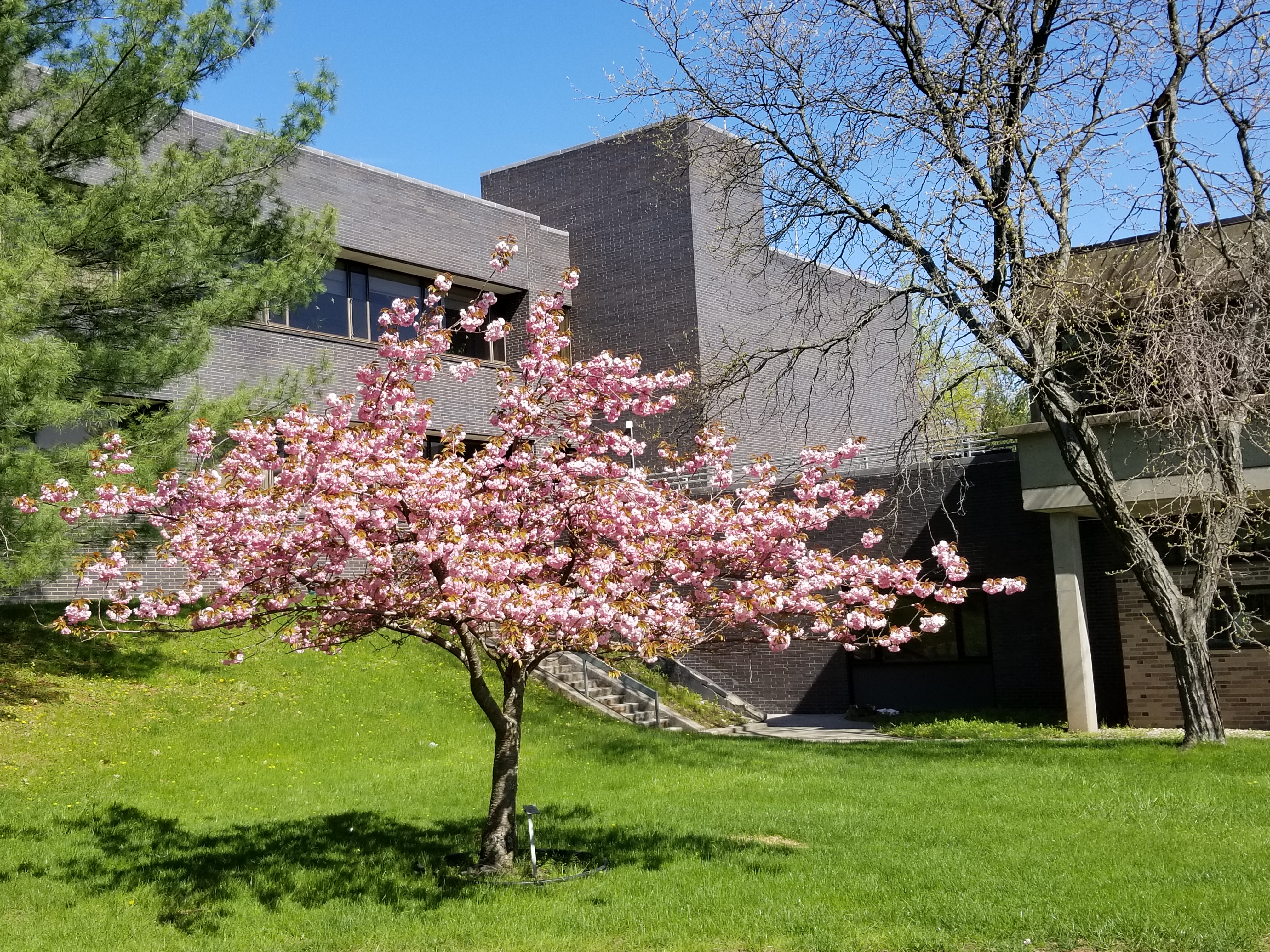
“A Lesson in Never Taking Anything for Granted Again”
As student protests roiled the campus, Spring 1968 was a pivotal moment in Columbia University’s history—and a profoundly formative one for John Seibert ’69SEAS.
John enrolled in Columbia in 1967 as a junior in the “combined plan” or “3-2 plan” in Columbia Engineering School’s Department of Chemical Engineering.* It was a tumultuous time on campuses across the country as students demonstrated against the Vietnam War and university policies and practices.
Columbia made headlines when student protesters took over University buildings and were forcibly removed by the New York City Police Department. “I vividly remember the night that busloads of tactical police came up Broadway towards campus,” John said. “At the time, several of us were in a local bar nearby. We knew immediately what was happening and ran to get back to campus in case the gates were shut and locked.”
John watched the scene unfold from his residence in John Jay Hall. “In the hours that followed, I heard, saw, and smelled the chaos, shouting and tear gas as tactical police and students clashed,” he said. “At one point, I saw students push a large concrete planter over the edge of an elevated plaza to a lot below where police cars were parked. The planter smashed onto the hood of one of them.”
“What I was witnessing seemed so incredibly, destructively surreal,” he continued. “Until that night, I had been shaped by the quiet—some would say programmed—life in the suburbs of Darien, Connecticut,” he said. “I wasn’t invested in the underpinnings of the protests and could never have seen myself occupying buildings or destroying police vehicles, but I was gripped by what I saw.”
In the days that followed, while the campus was on lockdown, John attended an impromptu lecture by Professor Margaret Mead on the sociological implications of the protests. Later, he found himself standing next to Tom Hayden, the national anti-war activist (and future husband of Jane Fonda), as he told a Harlem public school teacher speaking about classroom issues to “only say what’s true.”
“For me, it was a lesson in never taking anything for granted again,” John said.
John became involved in a campus-wide examination of the inner-workings of the University. Elected to represent his Chemical Engineering class on the Engineering School’s student council, he went on to represent senior engineering students on the University Student Council, one of the crucibles for evaluating changes in University administration and student advocacy.
At the same time, the Engineering School was undergoing top-down changes in administration. When its deanship became vacant, John worked to promote Elmer Gaden, chair of the Department of Chemical Engineering, to fill the vacancy.
While Gaden wasn’t selected, John found himself “in a political advocacy role that I never would have envisioned,” he said. “By the time I graduated in 1969, Columbia had provided me with gateways for lasting personal growth that I have valued over many years.”
After graduation, John enrolled in Georgetown University’s Law Center. “I hadn’t considered law school until I took a Columbia class on intellectual property law called Law for the Engineer,” John said. “To my surprise, I ate it up.” He clerked for a United States district court judge in Washington, D.C., and accepted a position with a civil litigating division in the U.S. Department of Justice. For thirteen years, he represented U.S. law enforcement and intelligence collection agencies in lawsuits around the country.
One of his cases concerned Ferdinand and Imelda Marcos’ flight from Manilla to Honolulu. After that, he joined the U.S. Attorney’s office in Honolulu as chief of its Organized Crime Strike Force Unit and then joined a Honolulu law firm, where he practiced commercial civil litigation until his retirement in 2018.
Today, John divides his time between homes in St. Petersburg, Florida, and Playa Flamingo, Costa Rica. While he has long made regular annual gifts to Columbia, he recently designated a substantial portion of his living trust for the Columbia Engineering School to establish the Casa Azul/R. John Seibert Fund.
The fund will endow a scholarship for undergraduate engineering students born in Central or South America whose first language is Spanish.
“I had long planned to leave a legacy gift to the Engineering School,” he said. “I’ve made wonderful friends in Costa Rica and interacted on-line with university students, including engineering students, from several Central and South American countries.
“These students face challenges when it comes to attending a prestigious school like Columbia,” he continued. “I wanted my gift to help them achieve a career and life track that might otherwise be out of reach.”
John also plans to give gifts during his lifetime to fully fund the scholarship. “I benefitted immensely from my time at Columbia,” he said. “This is my opportunity to say thank you to Columbia and good luck to those who will benefit from my gift.”
*Under the plan, a student attends a participating liberal arts school for three years and then Columbia’s School of Engineering for two years. Upon graduating from Columbia, the student receives a Bachelor of Science degree from their liberal arts school and a Bachelor of Engineering degree from Columbia.




